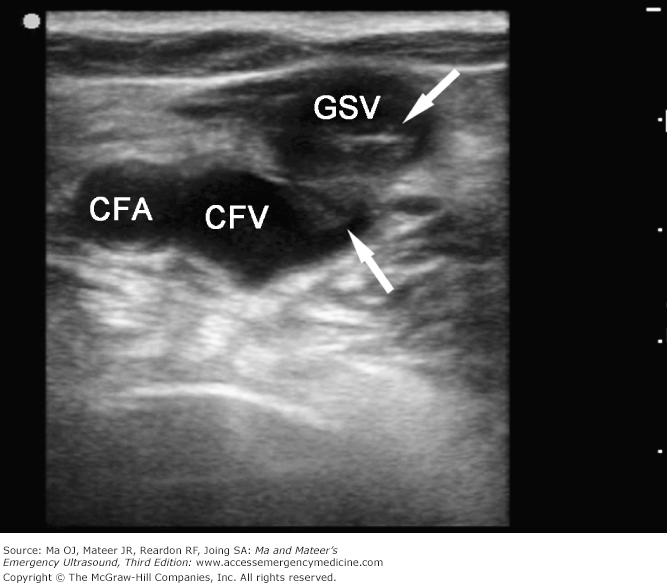[ad_1]
April 15, 2021 – While urgent care has deterred lower-acuity emergency department visits over the past decade, a new study published in Health Affairs suggests that the rise of urgent care centers has increased overall costs for low-acuity care.
Using claims and enrollment data spanning 2008 through 2019, the researchers looked at whether payers have been successful in reducing healthcare spending on costly emergency department (ED) visits for low-acuity care by encouraging patients to use lower-cost alternative sites of care (i.e. urgent care).
Despite a tenfold higher price per visit for ED visits compared to urgent care visits, the data from a national managed care plan revealed that alternative care sites have increased overall spending on lower-acuity care.
The researchers found that 37 additional urgent care center visits were associated with the reduction of a singular lower-acuity ED visit. While this data shows a substantial increase in access to unscheduled care, it poses risks for those payers and patients who must pay these higher costs.
Each $1,646 lower-acuity ED visit prevented was offset by a $6,327 increase in urgent care center costs. What’s more, the clinical benefit of these additional unscheduled care visits remains unknown.
The researchers noted that while lower-acuity ED visits have declined over time in conjunction with the rise of urgent care centers, ZIP codes without any urgent care center visits also experienced a 31 percent decline in the number of lower-acuity ED visits. This suggests that urgent care has not single-handedly led to a decrease in ED visits. Other factors, such as changes in benefit design, likely explain most of the decline in ED visits, the authors explained.
“Our results argue that using urgent care centers in isolation to reduce ED visits may be ineffectual from a spending perspective,” the researchers wrote.
The authors suggested providers focus on reducing urgent care center visits for conditions that might be more effectively self-managed at home or guiding patients to urgent care centers rather than emergency departments when appropriate.
“Health plans with utilization management plans for ED visits should consider applying those equally across all unscheduled care settings,” the authors wrote.
Additionally, clinicians could adapt nurse triage phone lines using machine learning to help patients choose a site of care, the researchers noted.
Health insurers and accountable care organizations could also provide nonemergency medical transportation to mitigate care access barriers and “place ED and non-ED care sites on an equal footing,” the authors explained.
Finally, extended hours for primary care offices through targeted primary care funding increases, increased insurance reimbursement, or primary care medical homes, may make primary care access more convenient to patients.
Cost billed per ED visit rose from $979 in 2010 to $1,716 in 2019 for lower-acuity spending. The substantial price increases may reflect increased market power due to hospital mergers, provider group consolidation, and the fact that EDs have been closing at a substantial rate for more than a decade.
“EDs have large fixed costs and significant uncompensated care with wide heterogeneity; however, these trends are not new, whereas the price increases seem to be,” the report authors wrote. “The marginal cost, and therefore the profitability, of a lower-acuity ED visit is not precisely known.”
“Given that neither uninsured patients nor urgent care centers are evenly distributed, some EDs may benefit greatly from rising prices and become substantial profit centers, whereas others may be adversely affected, potentially leading to closures. These profits are available to policy makers to redistribute through thoughtful regulation to address the former’s impact on costs of care without harming safety-net EDs,” they concluded.
[ad_2]










